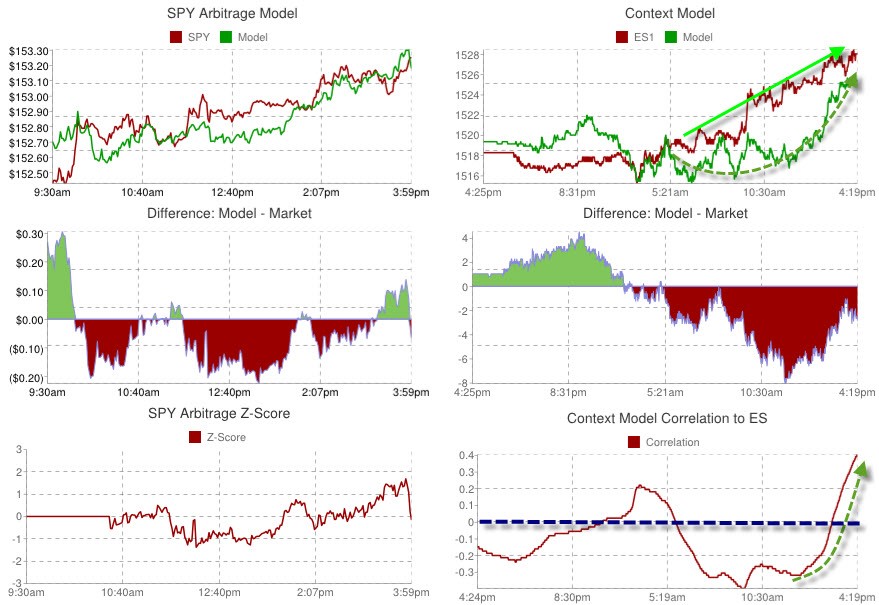Defining ETF Risk Make Sure It Passes The Smell Test
Post on: 14 Май, 2015 No Comment

Defining ETF Risk: Make Sure It Passes The Smell Test
Ive been watching my dog Baxter lately. When hes not sleeping in a quarter-moon sliver, hes sniffing with intention. Hes got his little nose to the ground everywhere he goes.
Baxter is part Papillon, a remarkably lazy breed. (Baxter may be the only dog on the planet that reacts with displeasure to the pet owners universal question, Wanna go for a walk?)
Yet if I had to guess the unknown element to Baxters genetic make-up, his sniffer is active enough to win him Bloodhound credentials. He smells every single thing to determine if the item is worthy of ingesting or lifting a hind leg.
It occurred to me that ETF investors could learn something from Baxters behavior; that is, shouldnt we make certain that exchange-traded investment vehicles pass the smell test before we buy?
Typically, we associate risk with volatility and/or the downside possibility of our choice. And technically speaking, this is correct. Investments that have a beta greater than 1 have price swings greater than the S&P 500. An investment that is likely to garner -20% to 20% is riskier than one that could yield between -10% and 10%.
Yet Baxters ceaseless smelling got me thinking about a different set of ETF risks. And with the help of Matthew Hougan of IndexUniverse.com. Ive decided to discuss some of them here.
1. Label Risk. Hougan explains that ETFs may not hold the stocks, countries, or sectors that you might think that they do. His primary example is the iShares MSCI Pacific Ex-Japan fund (EPP ). Many people have been led to believe that this is a premier way to access fast-growing Asian tigers, but thats not the case. If you smell the bag beforehand, youd detect kiwis and Vegemite.
Thats right EPP is 67% from a land down under. And while owning an Australian/New Zealand fund like the iShares MSCI Pacific Ex-Japan fund (EPP ) has been rather profitable, Asian flare is better represented by the iShares Asia 50 Index (AIA ). (You can learn more about AIA in my April feature on the Asian Tigers .)
Ive discussed Label Risk in previous columns as well. Perhaps the best example would be the criticism that I levied on the naming of the SPDR S&P Emerging Middle East & Africa Fund (GAF ). (Read Lets Call It, The SPDR S&P Israel/South Africa Fund .)
2. Tracking Error Risk. ETFs are supposed to mirror the returns of the indexes they track, minus fees and expenses. Yet ETFs may miss respective benchmarks in what is often called, tracking error. Most ETFs are darn close to achieving their stated goals. Yet some investments miss the index by a wide margin.
One of the more egregious examples from 2007 was the iShares MSCI Emerging Markets Fund (EEM ) which missed the MSCI Emerging Markets Index by 400 basis points or 4%. Since emerging markets were rather solid, few likely complained. But hey, 4% is a rather substantial miss. Vanguard Telecom Services (VOX ) missed by nearly 5%, and in so doing, had a negative return for 2007.
Ironically, it does work in favor of investors as often as it fails them; that is, sometimes you end up getting more than the benchmark in the tracking error. But as a general rule, it is wiser to go with investments that have proved themselves and that have stayed within .5% of its index over any given year.
3. Bid/Ask Risk. Its called the bid/ask spread and it cant be ignored; that is, when you are buying or selling an investment on an exchange, you want usually want a large volume of buyers and sellers. This makes it possible for a buyers bid price to be close to a sellers asking price.
Of course, when few people have any interest in a particular investment, the volume is low. That creates a situation where the bid price and the ask price are spread far apart. Hougan at IndexUniverse.com points out that the vast majority of ETFs have respectable bid/ask spreads of .01% to 0.1%. However, 10+ ETFs had spreads of greater than 0.5%!
The problem here is that as a buyer, you may be losing close to .5% on a market order. And on a future sale, you would lose another .5%, for a 1% drag on your investments performance. How acceptable is that.
A few investments that stink in this regard? You might want to avoid the wide bid/ask spread risk associated with HealthShares Infectious Diseases (HHG ), Ameristock/Ryan 5-Yr Treasury ETF (GKC ) and/or PowerShares FTSE RAFI Japan (PJO ).
Disclosure Statement: ETF Expert is a web log (blog) that makes the world of ETFs easier to understand. Pacific Park Financial, Inc. . a Registered Investment Advisor with the SEC, may hold positions in the ETFs, mutual funds and/or index funds mentioned above. Investors who are interested in money management services may visit the Pacific Park Financial, Inc. web site.
Share this post:














